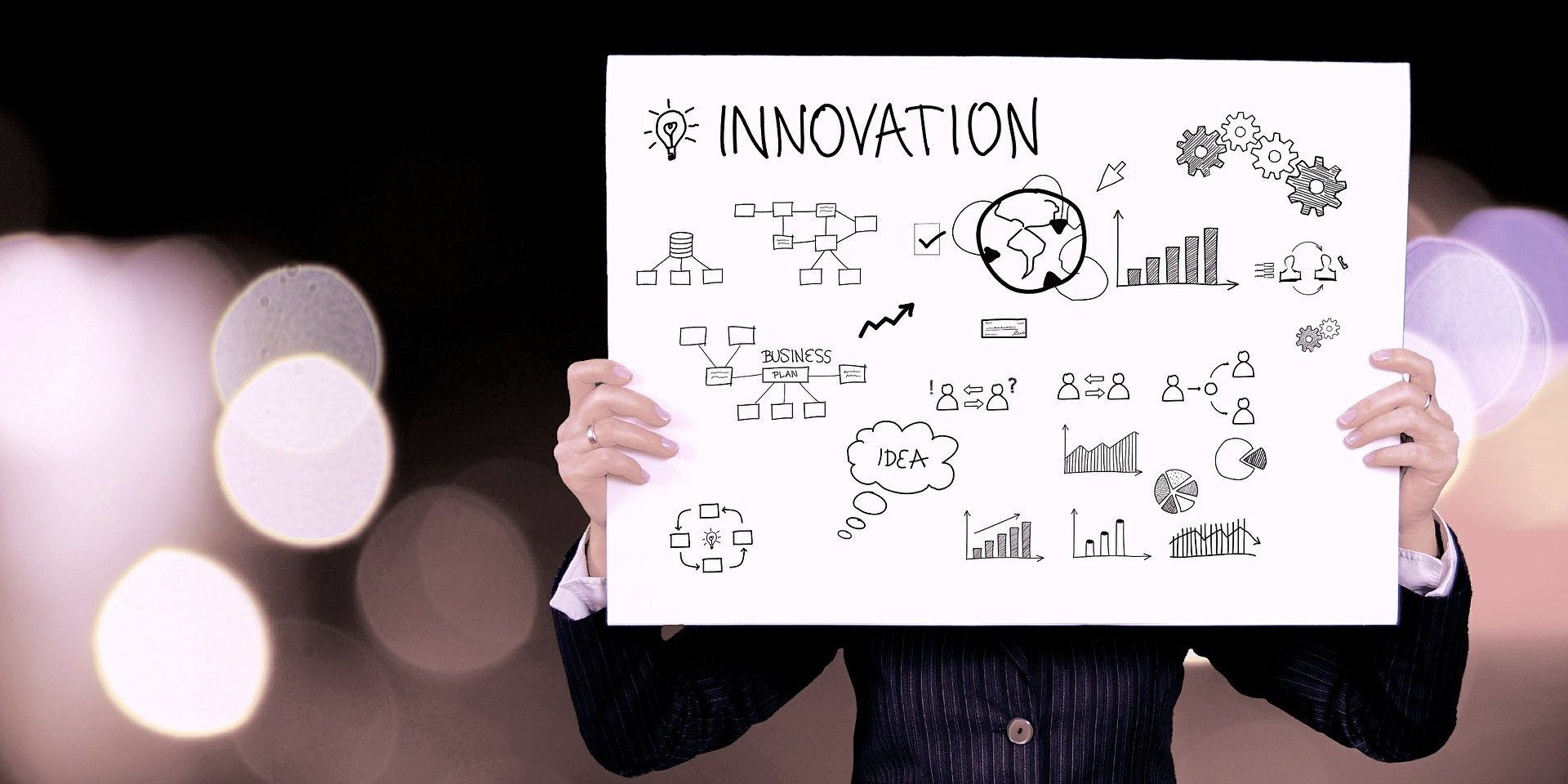By Kaitlin Dunn, Writer, Hospitality Sales & Marketing Association International (HSMAI)
What trends are driving marketing decisions? Hospitality marketing leaders pondered that question and others during HSMAI’s latest virtual Executive Roundtable for chief marketing officers on Feb. 2.
Participating companies included Accor, Aqua-Aston Hospitality, BWH Hotel Group/Best Western Hotels & Resorts, Extended Stay America, Omni Hotels & Resorts, Preferred Hotel Group, Radisson Hotels, and Rosewood Hotel Group. Participants had a robust discussion around topics of their choosing, including:
TECHNOLOGY SOLUTIONS
Even as we have been conducting business virtually for approximately a year, participants said that they initially took for granted that everyone knew how to best present themselves onscreen, even though that isn’t always the case. One participant said that her company has been focusing on hosting trainings on how to present virtually for employees around the world. “We did six sessions in different time zones,” the participant said. “We wanted to kick the year off with stronger virtual tools. We probably should have done this last year, but a lot of our teams were furloughed.”
The participant added that the trainings have made team members more excited and engaged as they hosted a virtual trade show this month. “They felt more equipped to take on the virtual scenarios that we have in front of us,” she said. “I think they are armed with a lot of confidence as we move into this year. They’re motivated, they’re learning, they’re engaging, and that in itself is really fulfilling.”
Another participant said that she has seen many people invest in staging services to ensure that their background always looks good. “It almost feels like a phone call without a screen is old school these days,” the participant said. “So, some members of our organization have actually invested in home-staging services, so that that environment is professional. There are certain looks that they’re aiming for when they come across onscreen, particularly those who spend up to nine hours a day on the screen.”
CUSTOMER TRENDS
While there is no one-size-fits-all answer, several roundtable participants had similar thought on trends that are driving their decisions and messages that are resonating with customers. Many have remained the same since the onset of the pandemic — customers are looking for flexibility and staycations, while vaccine distribution and the return of other industries are crucial markers for spending decisions. But participants mentioned a few other indicators that have not been previously focused on.
One trend that a participant mentioned is the increasing popularity of B2B selling and how that can lead to more B2C selling as well. “We spend a lot of time thinking about and targeting different industry vertical segments that may be emerging, or at least maintaining their contribution as a result of the pandemic,” the participant said. “The obvious in the beginning was medical workers, but we’ve seen success with warehousing and logistics because of all the ecommerce activity. And we’ve seen success with university housing, as universities have been looking for ancillary space. Some of it is just a straight B2B sales play, but we’ve been supplementing that with B2C as well. So, we may be striking partnerships with universities as an example, but we’re also targeting students directly with our marketing messages.”
Another participant said that late checkouts have become very popular, but not just the early-afternoon times that we used to see, but times as late as 6 or 8 p.m. “We’re getting a lot of traction in the properties that we’re piloting these at,” the participant said. “We need to take advantage of behavior changes like this.”
EMPLOYEE WELLNESS
Another thing to remember is that employees both within and outside the hospitality industry are still struggling — some more than ever. “There are some employees who perhaps live in a small apartment by themselves, that don’t have human interaction and are struggling emotionally right now,” one participant said. “And then there are those who have everybody at home and don’t have enough bandwidth, or the cats and dogs and kids are coming into the meeting room and getting on the video.
“And so, we’ve actually had to ramp up our employee-assistance program profile, so they know that there’s help for them if they need to talk to somebody,” the participant continued. “We’ve also been working with some of the local hotels to offer rooms for people to go and work in, so that they can at least get out of their home and out of their apartment into a different environment.”
One participant said she is concerned that people in her organization are bogging down their schedules with early-morning meetings, which isn’t always healthy for everyone. “I’m finding that people are actually scheduling their meetings far earlier than if they were going into the office,” the participant said. “Meetings are being scheduled at 7 a.m. and 7:30 a.m. And in a global environment, sometimes that means people are getting on the phone at 5 a.m., so forget about presenting. You haven’t even taken a shower yet.”
